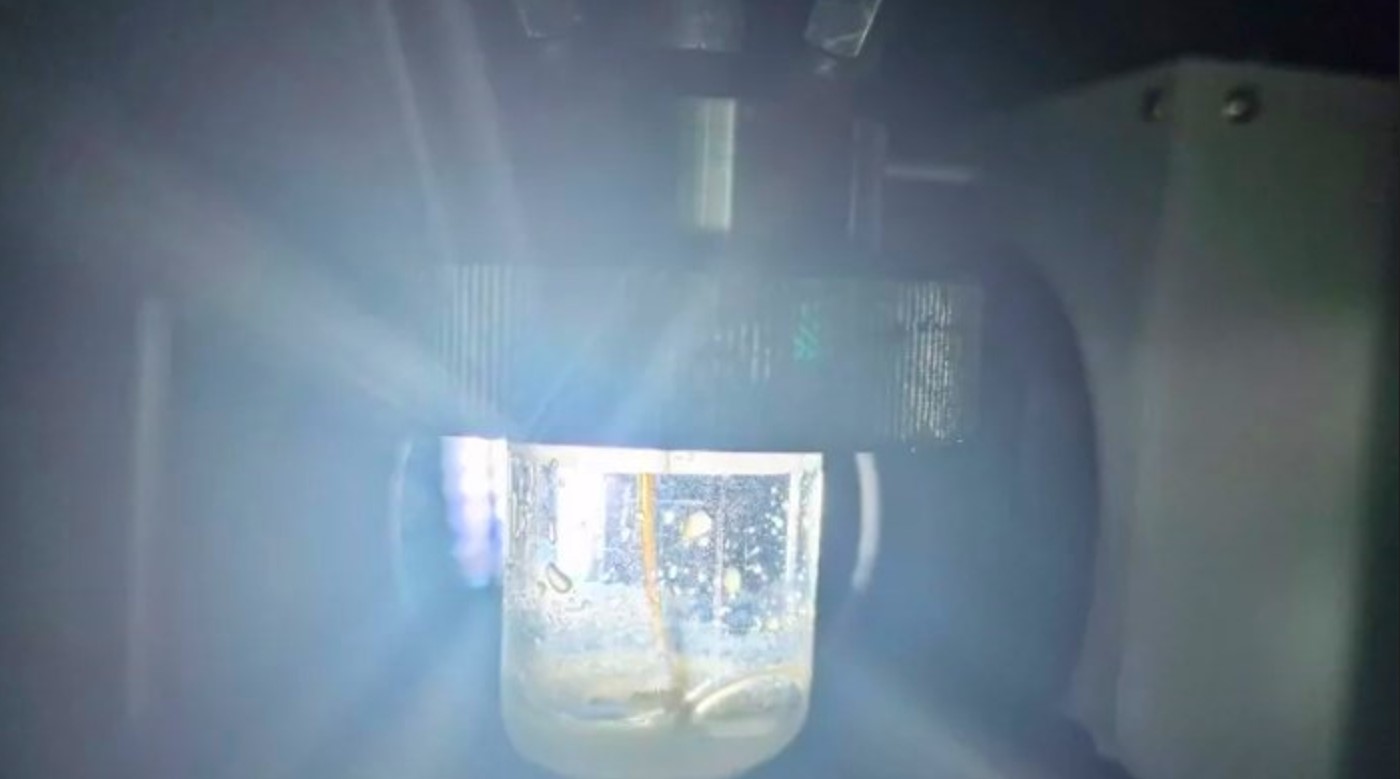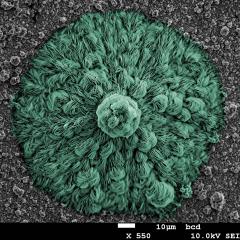
Researchers have achieved a significant breakthrough by converting carbon dioxide into methanol through the illumination of sunlight on copper atoms deposited on carbon nitride, potentially paving the way for the development of new green fuels.
The research has been published in the Sustainable Energy & Fuels Journal.
A global team of researchers from The University of Nottingham, the Centre for Microscopy and Microanalysis (CMM) at The University of Queensland, the University of Birmingham, and the University of Ulm collaborated to design, synthesise, and analyse a novel material. This material comprises copper atoms nested within the carbon nitride nanostructure.
While carbon nitride (C3N4) possesses ideal physical properties for carbon dioxide reduction, its structural disorder poses efficiency challenges. To address this, the team initially annealed the C3N4 and then dispersed copper atoms within these crystalline domains, resulting in a system with 99% selectivity towards methanol production.
X-ray photoelectron spectroscopy (XPS) conducted at the CMM played a crucial role in studying the material's chemistry and illustrating how changes before and after annealing conditions affect the binding of copper atoms. The XPS revealed an unexpected correlation between the degree of order within the C3N4 and the oxidation state of copper. Specifically, Cu(I) was found to preferentially bind to the crystalline areas, which is significant as this form of copper is widely believed to be the active site for methanol synthesis.
This study comprising of nanomaterials analysis from experts around the world emphasises the importance of global collaborations in the development of sustainable catalysis.



